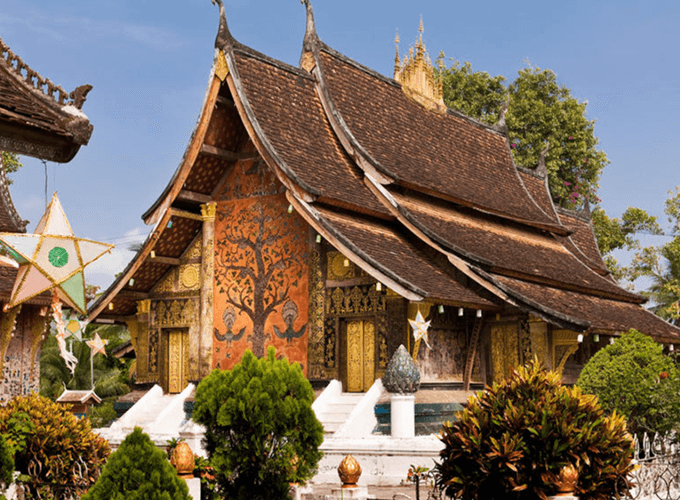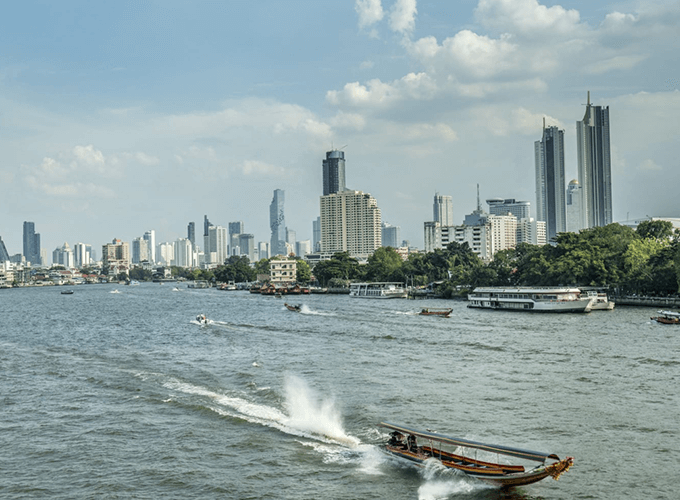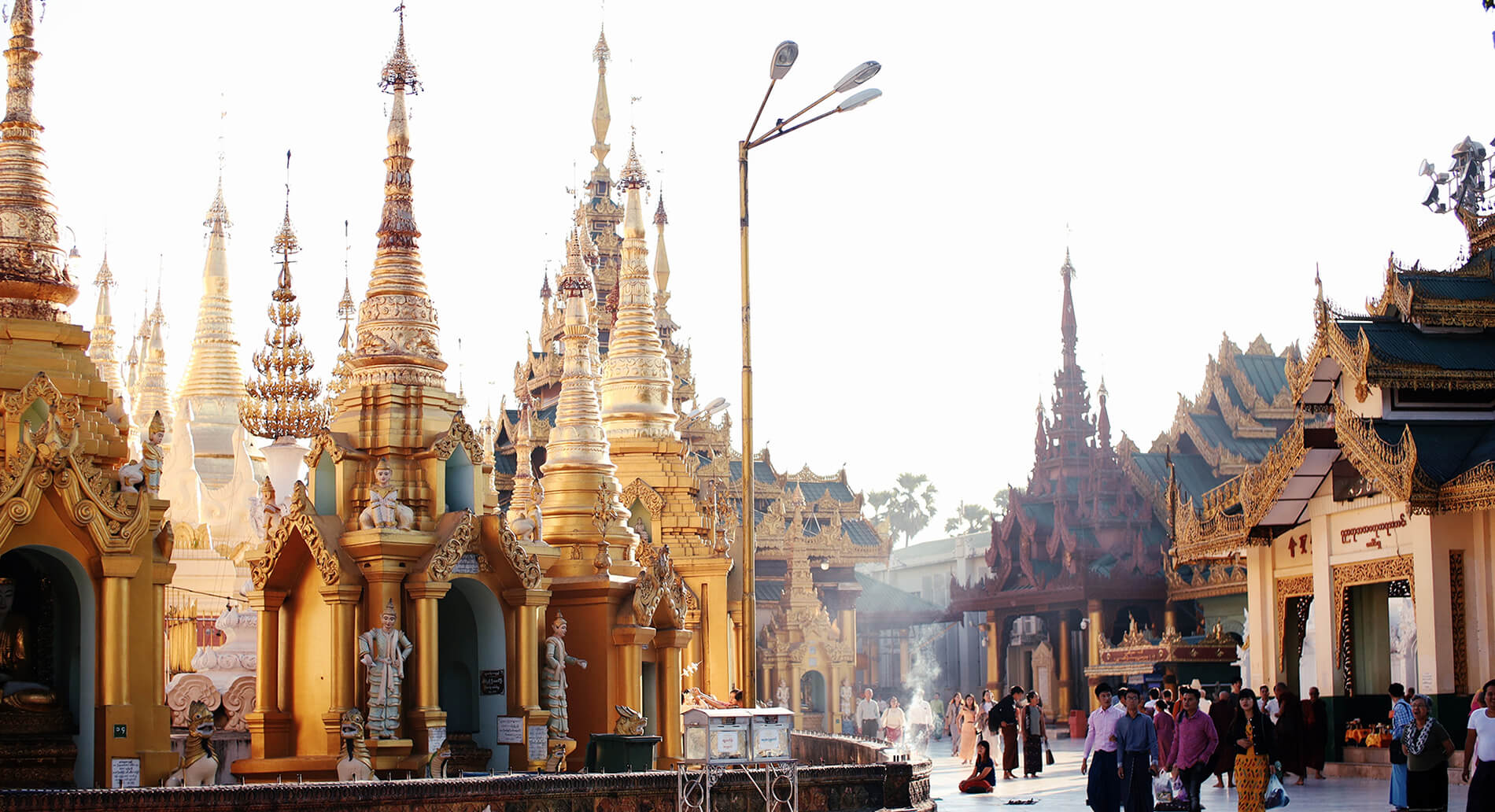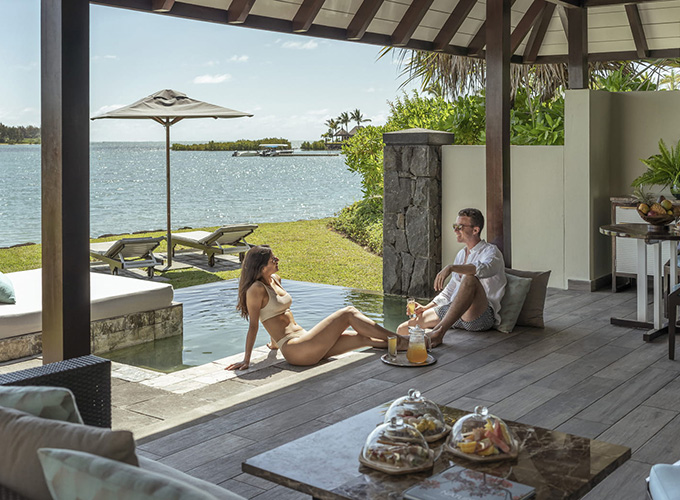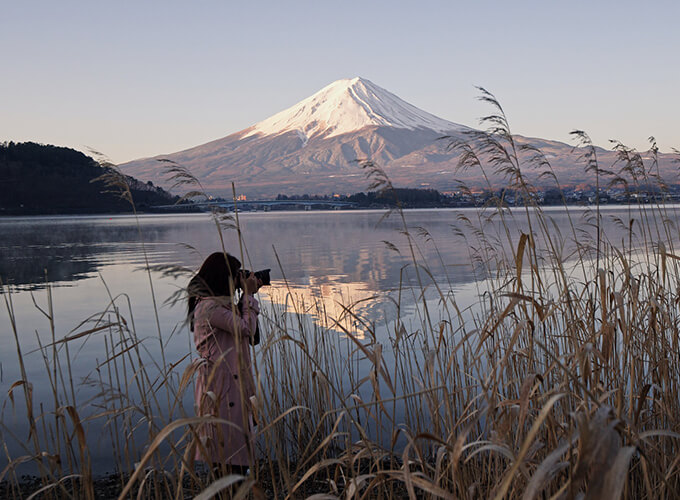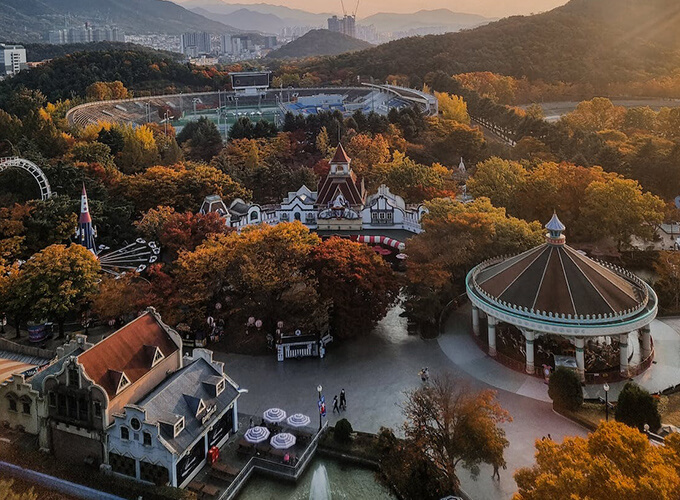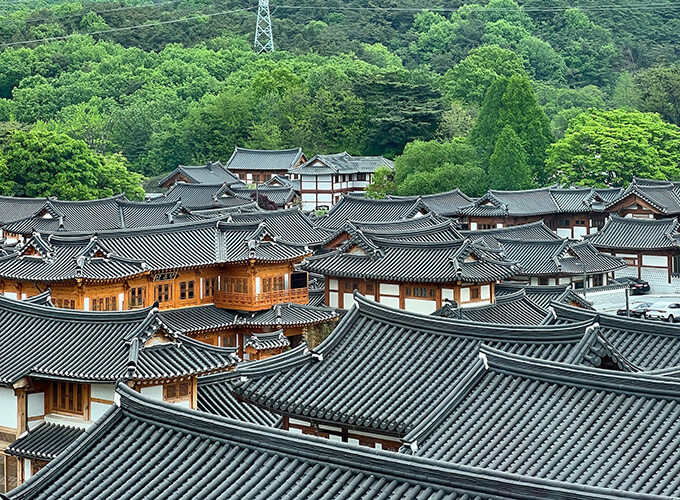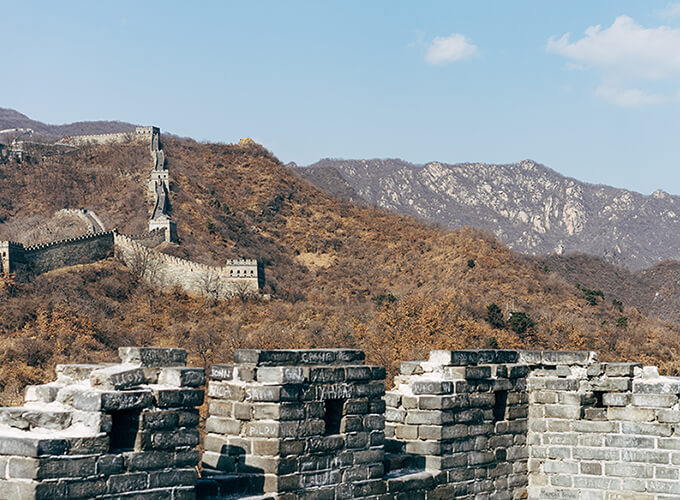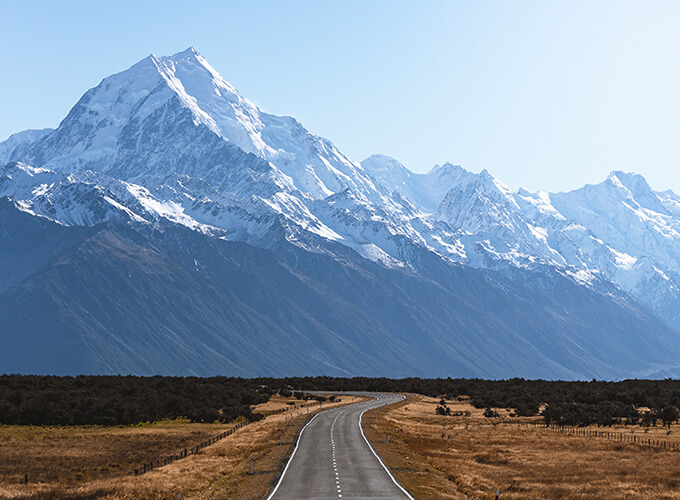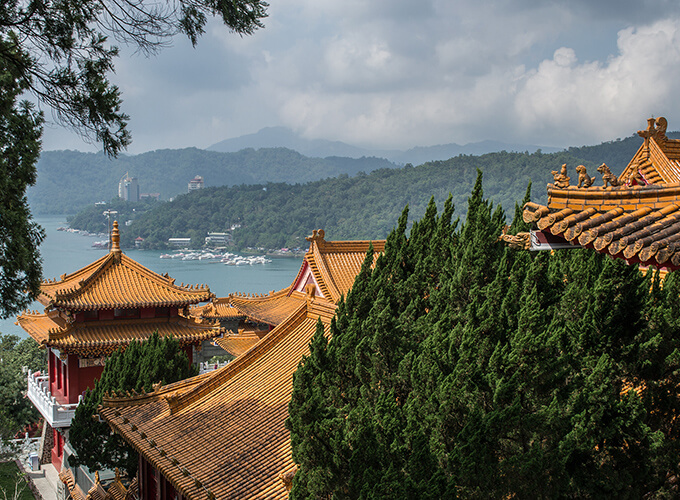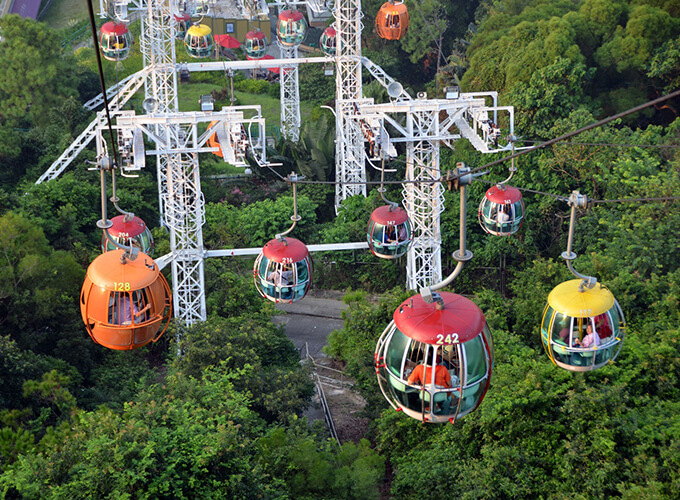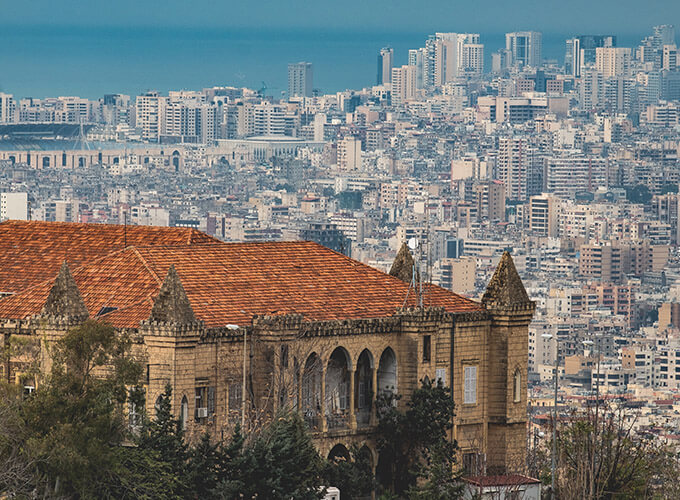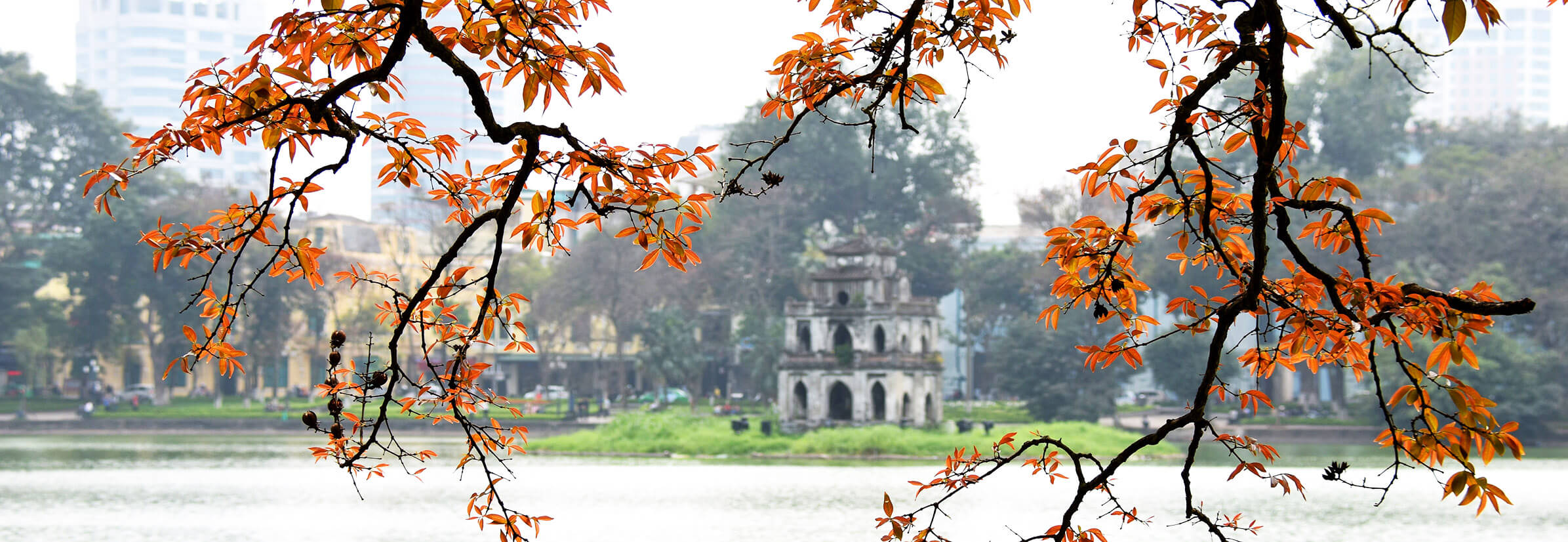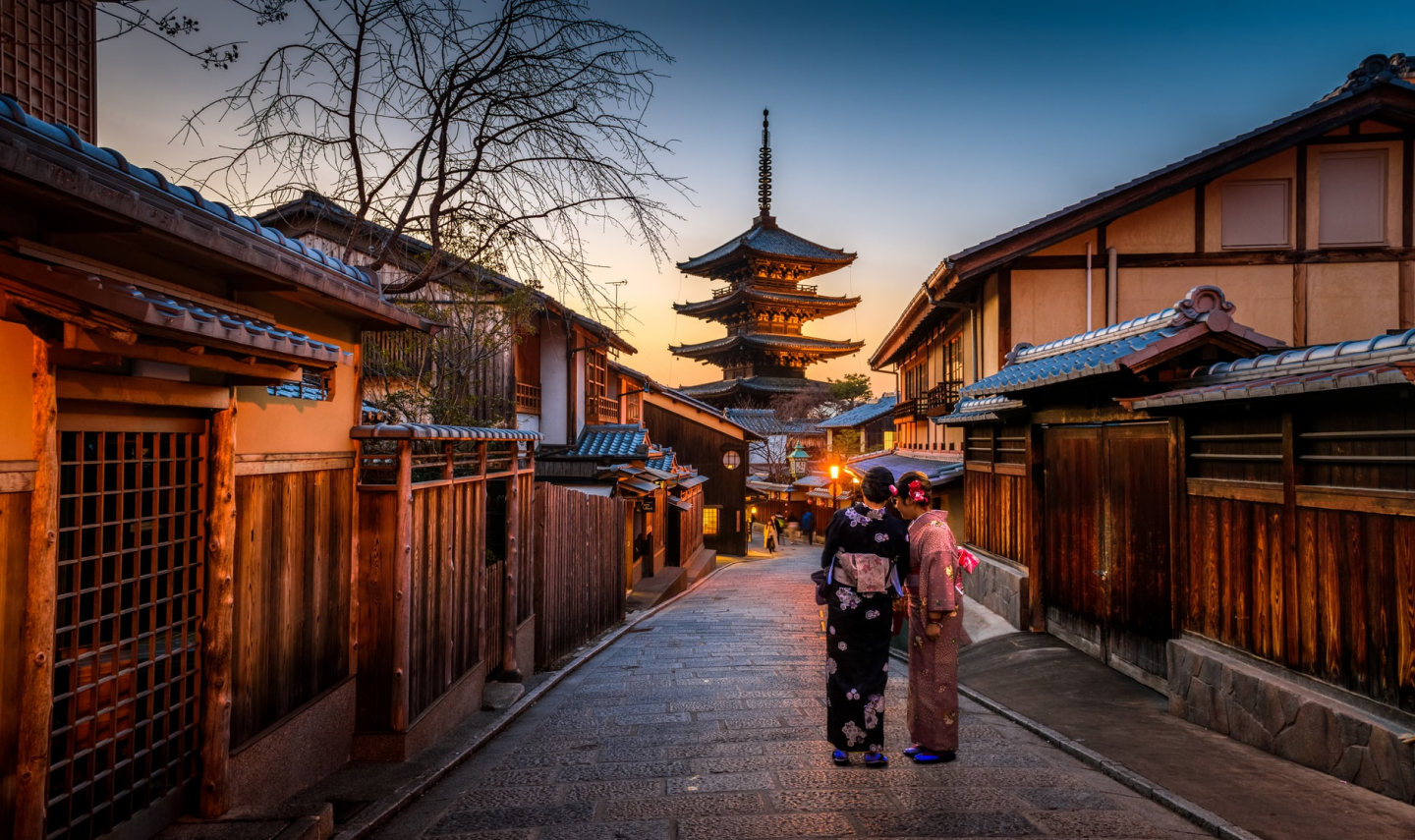You don't need to spend a fortune to experience the distinctive trademarks of one of the world's wealthiest countries. There are good-value places to stay and economical ways to travel — if you know where to look. I've shared some of my recommendations below. Many cost-effective options lead you toward genuinely authentic, local experiences, too—from picnicking in parks to staying in a traditional machiya (townhouse) in Kyoto. For more tips on experiencing Japan on a budget during the country's beautiful seasons, check out our Japan travel guide on My Way Travel.
Best-value time to travel to Japan
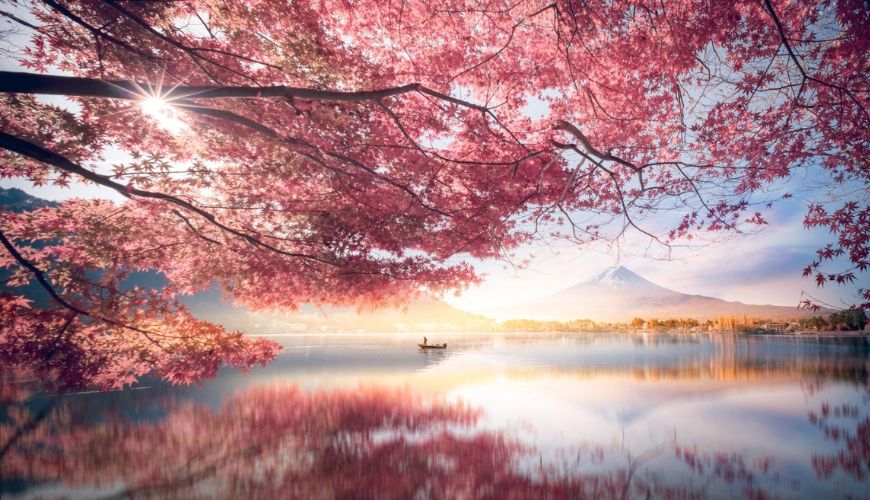 Cherry blossom, Kyoto
Cherry blossom, Kyoto
I am most often asked about cherry blossom season or fall foliage. Both are stunning, but a vacation to Japan doesn't have to revolve around the flora (the primary expense).
If you aren't tied down to a certain time of year, the winter months in Japan (December through early March) are a good bet. The prices are much more reasonable, and there are less tourists around. This may greatly enhance your stay in a nation where visitors have multiplied by five in just a few short years.
You'll want to bundle up, but I used to go about my day wearing just a t-shirt and a lycra cycling jersey down south. The Japanese Alps are inaccessible due to excessive snowfall. Still, you may find comparable experiences in the south, on the island of Kyushu, where you can go on hiking routes and stay in traditional inns with beautiful scenery.
A little disclaimer about winter vacations: if you can help it, try to avoid traveling around the holidays.
Heart set on seeing the blossom?
The period from the end of March through the first two weeks of April is known as cherry blossom season, and it is at this time, that prices tend to skyrocket. If you want to save money on your hanami (cherry blossom watching) trip, consider visiting Tokyo before the blossoms emerge in early March. Visit a municipal park and relax amid the flowering trees.
Getting around cost-effectively in Japan
 Bullet train
Bullet train
Exploring Japan by rail
One of Japan's most memorable sensations is seeing the countryside fly by from the luxury of the seat of a bullet train. Using the Japan Rail Pass is another perk of going during the off-season.
The Japan Railways Group is in charge of the majority of the country's rail network. The Japan Rail Pass, which can be purchased for 7, 14, or 21 days, is a great way to see the nation on a budget. The ticket includes unrestricted use of the Japan Rail Network, allowing you to explore more of the country at your leisure.
You may still use the train pass, although getting seats may be difficult during peak travel times. Buying individual tickets might be more economical. When planning a vacation, I always consider the best options, and I recommend consulting with your expert to assist you in making the most informed choice.
Public buses, metros, and trams in Japan
 Tokyo at night
Tokyo at night
Taxis are metered and cost-effective for short trips, but you may also use the bus, subway, or tram to go where you need to.
Using the subway in Tokyo or Kyoto is cheaper than in London or New York. Our itineraries always include:
-
The PASMO card.
-
A preloaded tap-on.
-
Tap-off card that makes using Japan's subways a breeze.
We've worked with Second Harvest Japan so that any unused funds on your card may be given after your journey and the card itself recycled.
The Japanese public transportation system may initially seem daunting, but English-language signage and well-marked maps are available. We'll tell you exactly which exit to use when you get off the train and other nautical details to make your trip go smoothly. You may generally fill up on refreshments for the trip at the station's convenience shop.
How to limit your daily spend in Japan
 Shinjuku district, Tokyo
Shinjuku district, Tokyo
Traveling to Japan might be expensive initially, but once you get there, you won't spend as much money each day as you would imagine (unless you plan on eating at each of the country's Michelin-starred restaurants).
To begin, tipping is only accepted if it is considered rude. Second, the admission cost is modest compared to a museum in New York or a gallery in London.
Take an orientation tour in Tokyo
Private guides are expensive, but you won't need them every day. Instead, spring for a personalized, guided tour of Tokyo's highlights once you arrive.
Your guide will show you the ropes of the city's public transit system as you ride the subway and buses, making it simple to go out alone for the remainder of your trip. Moreover, you can easily handle much smaller urban centers if you can manage Tokyo.
Opt for a small-group cultural experience in Kyoto
It will cost you a pretty penny to attend a private tea ceremony, a custom that wealthy families and Japanese corporations highly value. If you're open to splitting the cost with others, it's a lot more reasonable. For parties of up to ten, the Women's Association of Kyoto offers a two-hour 'Introduction to Japanese Culture' event, including a tea ceremony.
It was an appropriately intimate group size. The tea master prepared the matcha (powdered green tea) ceremonially, and there was plenty of room to observe. You will get to wear a traditional kimono and test your skills in origami.
Eating out inexpensively in Japan
 Okonomiyaki
Okonomiyaki
Most Japanese working adults seldom cook at home due to the prevalence of restaurants. You may learn more about Japanese food by reading our guide to Japanese food, which includes recommendations for where to have lunch and supper.
Take a guided food tour
A student at Kyoto University took me on a nighttime tour of the city, and while I lived in Japan for a while, I never managed to locate the locations we visited. Most visitors visiting Kyoto, the cultural center of Japan, splurge on a kaiseki meal, the Japanese counterpart of a multi-course tasting menu. Although I recommend doing it yourself, a food tour is also the best way to learn about Kyoto's culinary culture.
Four to six people will go on a food tour of several local eateries, enjoying fresh sashimi and slightly warmed sake at each stop. The Tokyo orientation trip is great for getting your bearings, but I recommend exploring the local cuisine.
Grab lunch at a convenience store
 Japanese Bento box
Japanese Bento box
If you need a quick bite to eat or a cup of coffee on the run, a convenience shop like the omnipresent 7-Eleven is a wonderful option. A park is generally nearby, so you can take your onigiri (rice balls) or bento box (pre-packed lunchbox with various goodies) and have a picnic. Pictures of the actual components are often shown on the box.
I propose a pork-filled steamed bun, which you can buy on the hot-food counter normally next to the checkout.
Dine on conveyor-belt sushi
Conveyor belt sushi restaurants, also known as kaiten, are an affordable way to try sushi since you pay for what you eat. You stack your plates by color, which indicates the quality of the fish they contain, and then pay at the end. Tea and miso soup are often served with unlimited refills. They may be found in most urban areas.
Finding good-value accommodations in Japan
 Hotel Gracery Shinjuku, Tokyo
Hotel Gracery Shinjuku, Tokyo
Most cheap hotels in Tokyo are located in the city's heart, so you won't have to sacrifice convenience. Although the rooms are on the tiny side (to be anticipated in a city of this magnitude), they are of a consistently excellent standard.
When visiting Tokyo, I usually stay at the Hotel Gracery Shinjuku, a budget-friendly option within a few minutes' walk from Shinjuku Station. The rooms are designed to be as practical and comfortable as possible. It looks like any other high-rise building on the outside. The hotel was constructed on the famed Shinjuku Koma Theater site, which opened in the 1950s, but if you look hard, you will see a big Godzilla head peaking over the observation deck.
Kyoto's townhouses
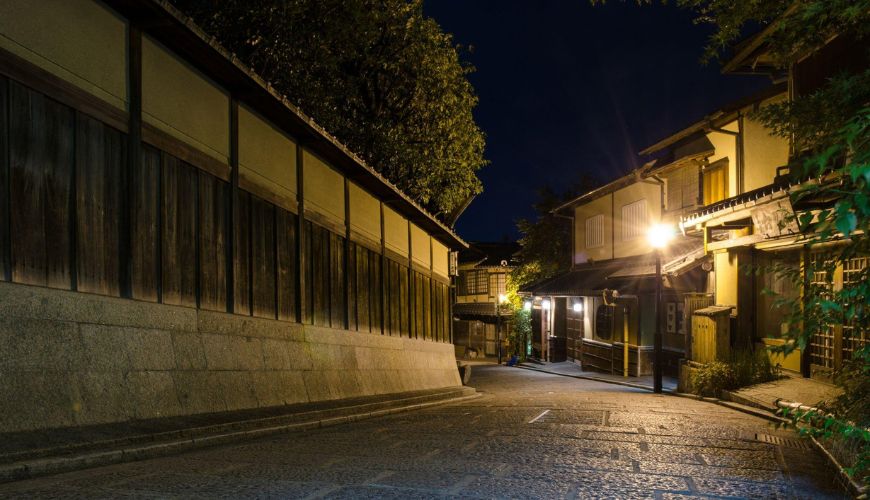 Traditional town houses, Kyoto
Traditional town houses, Kyoto
The inhabitants of Kyoto are converting some of the city's historic machiya (townhouses) into hotels. These wooden-fronted homes date back to the 19th century and are affordable for large gatherings. Typically spread over two stories, they provide many bedrooms.
No one else will be there, so feel free to spread out and unwind. Enjoy the fully equipped kitchen and save money on laundry with the in-unit washing machine. Check out our machiya guide to learn more.
Stay in well-priced traditional Japanese accommodatio
 Iwaso Ryokan, Miyajima Island
Iwaso Ryokan, Miyajima Island
A ryokan, or traditional Japanese inn, has the atmosphere of a homestay. You'll get a bow and a pair of slippers when you check in since leaving your shoes at the door is rude. Your room has tatami mat flooring and a futon for your comfort. Many ryokans have been around for hundreds of years, giving them a sense of history and charm that modern Western hotels can't provide.
Kaiseki, a traditional Japanese multi-course meal, is expensive at restaurants and hotels, but at a ryokan, it is included in the room charge. The menu often consists of sushi, soups, and meat grilled at the table, and each dish is a deftly prepared mélange of local ingredients.
I recommend the Japanese Alps as a destination for some of the top ryokans in rural Japan. Family-run hotels with four to ten rooms are available here, with views of the surrounding pine trees or snowy peaks.
Start planning your trip to Japan
Start thinking about your experience. These itineraries are simply suggestions for how you could enjoy some of the same experiences as our specialists. They’re just for inspiration, because your trip will be created around your particular tastes.










